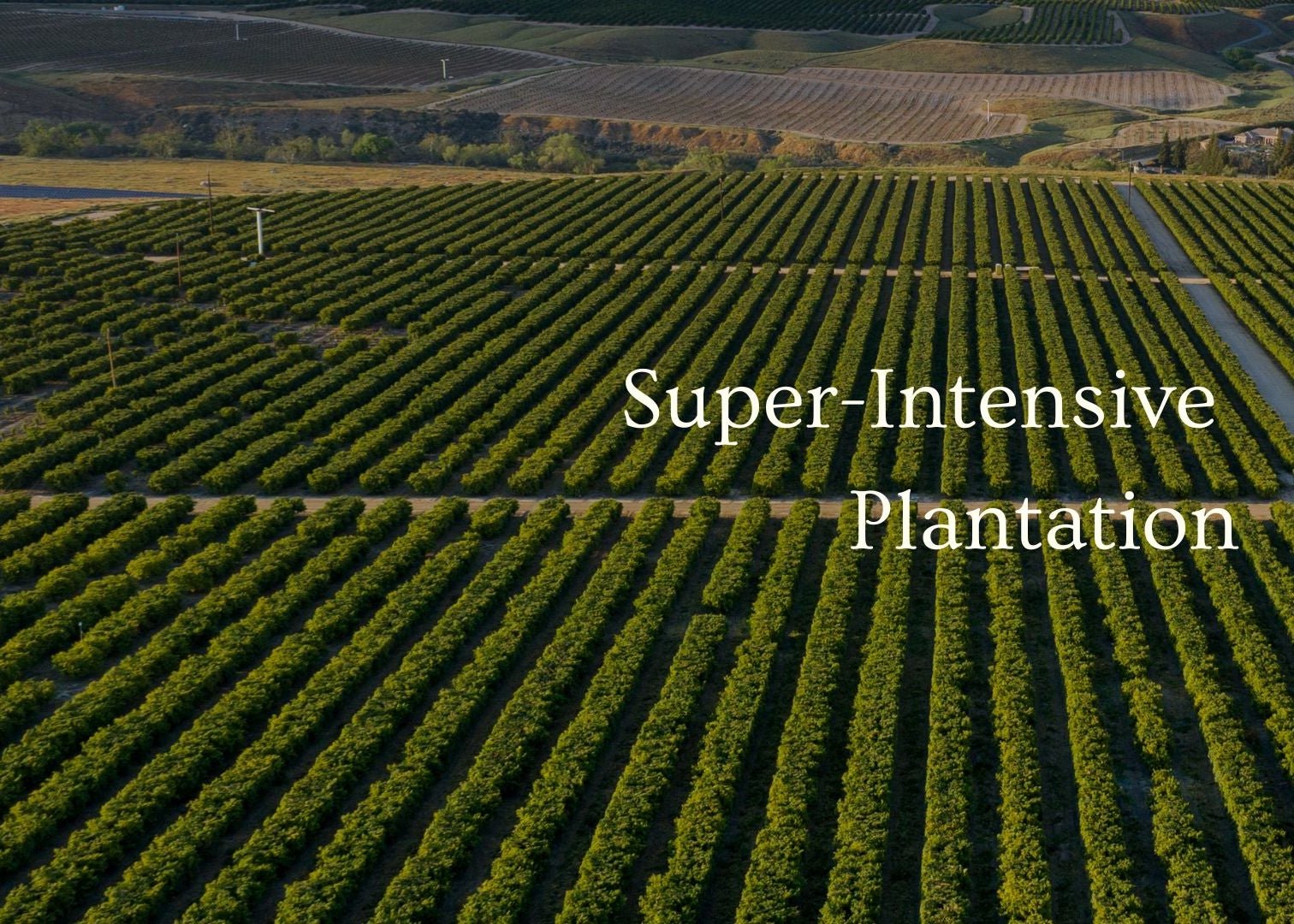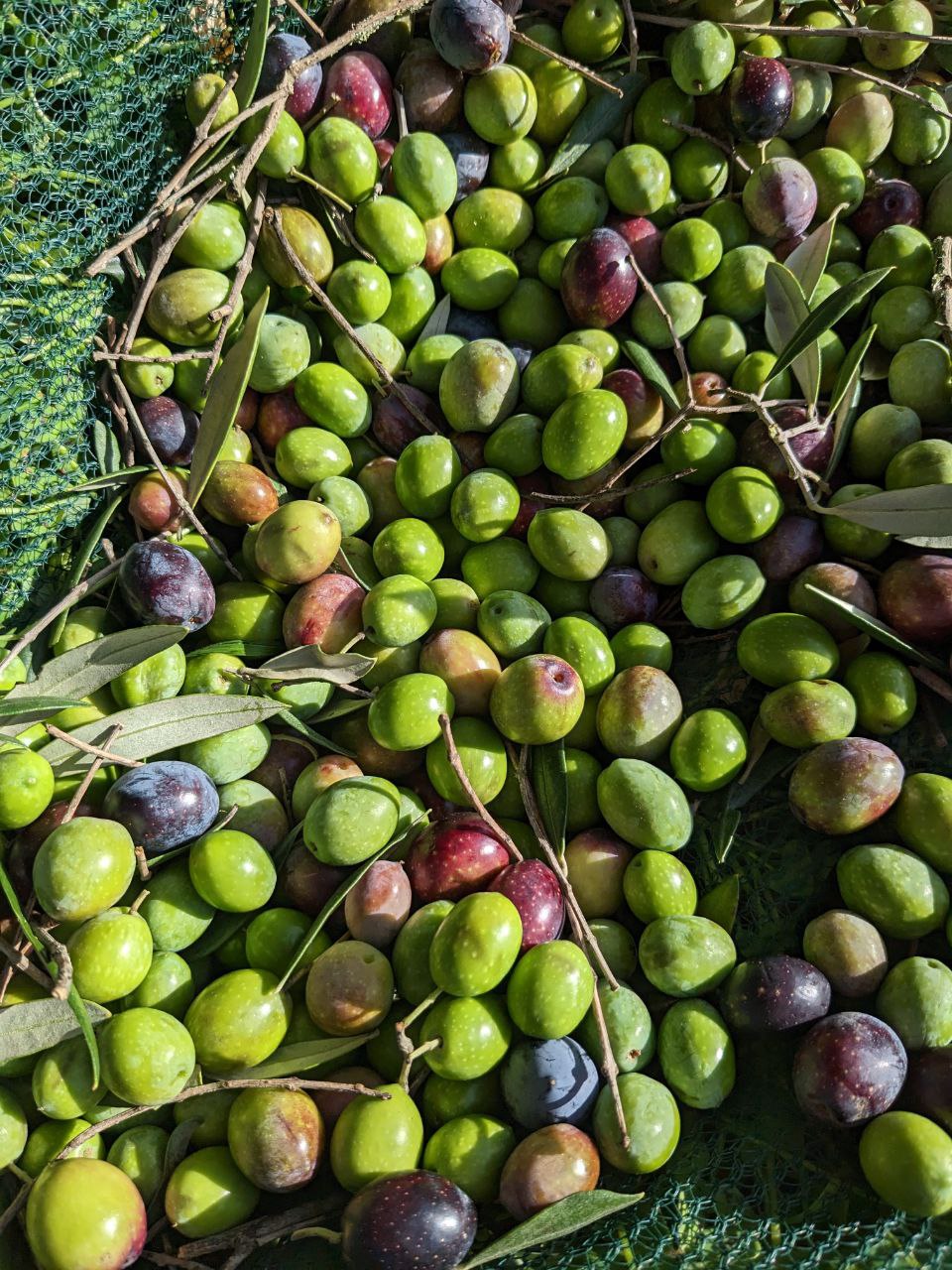The way olives are harvested affects how much damage they sustain, but the timing of harvest determines their chemistry.
As olives ripen, antioxidants and green pigments decrease while oil content rises, changing both the flavor and stability of the final product.
Obìa harvests early, using a combination of hand-harvesting and branch shakers.






















